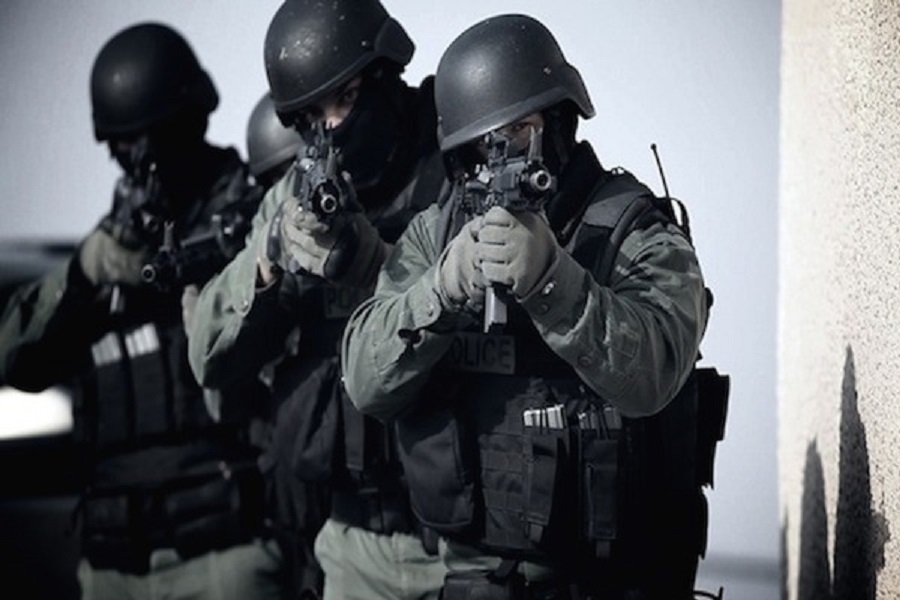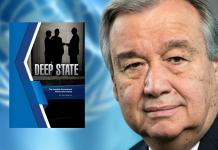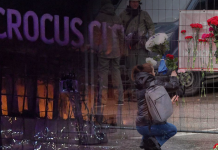By Blaise Francis
In the wake of the end of marijuana prohibition in states like Colorado, Oregon and Washington, a growing number of national debates seem to be arising over the legalization of all drugs.
That’s right. It appears that the decriminalization of marijuana has shed light on the failures and ineffectiveness of “the war on drugs” which began over 40 years ago by President Nixon.
Since the beginning of this “war,” drug use in America has remained fairly consistent, while the amount of money spent hunting down, prosecuting and jailing drug offenders, has sky rocketed. With less than 5 percent of the world’s population and 25 percent of the world’s prisoners, the U.S prison system is by far the largest in the world and of all time.
According to the Federal Bureau of Prisons, half of all prisoners are drug offenders. Some would say that this proportion, which is has increased dramatically since the pre-Nixon years when only 16 percent of prisoners were drug offenders, is a good indication that the war on drugs is working quite well. The only problem is, there are just as much, if not more, illicit drugs on the streets today than when the war began.
The biggest change “the war on drugs,» seems to have produced is a booming prison industry. With prison stocks being traded on Wall Street, it seems that crime really does pay, and in fact, it pays quite well. And according to an article in Time magazine, the cost of total prohibition of drugs has costed taxpayers $2.5 trillion since its inception as a federal policy.
While the idea of legalizing all drugs may seem totally radical, consider the five main points being made on the pro-legalization/pro-decriminalization side of the debate, and ask yourself if it is really a radical idea:
1. Prisons are overcrowded and costing billions: The U.S. has by far the largest and most populated prison system in the world, half of which is filled with drug offenders. Are prisons really being used to keep dangerous people off the streets or to create massive profits for the prison industry?
2. Cartels empowered by criminalization: Due to the criminalization of drugs like marijuana, cocaine, and heroine, violent cartels have flourished in places like Mexico and the Middle East. If drugs were made legal, the drug cartels would no longer have monopolies on the drug trade and would effectively be put out of business. If people had the option to buy drugs in a safe and regulated place, why would they seek violent organizations like the cartel to provide them? Just remember how Al Capone profited, during alcohol prohibition.
Prohibition created Al Capone’s mafia and the dramatic rise in violence during that time. In fact, the murder rate, which was especially high during prohibition, dramatically fell after it was lifted. A microcosm of this phenomenon is currently being seen in Colorado, where the crime rate is down and state revenue is on the rise.
3. Taxation: Instead of taking money out of government, legalization of drugs would bring money in. Like every other legal product that is bought and sold in the U.S., tax revenue would be created from the sale of legal drugs. With a massive influx in revenue, these funds could be used to finance programs to educate people on and treat people with addiction. The amount of money generated by the legalization of marijuana alone would be a massive boost to the U.S economy.
4. Education and treatment: The success of the education program on tobacco is a shinning example of the power of education. According to the CDC, the number of tobacco users has been cut in half since 1965. If a drug is really harmful to one’s health, proper education, with the proper funding, can make a huge difference.
Also, by decriminalizing drugs, the stigma around them would be lifted and conversation and education would be more freely available. The key is regulation and education, not criminalization. Addicts, rather than being criminals, would be viewed as people who are diseased and need help.
5. Racial Profiling: An overwhelming majority of drug offenders locked up today are black and Hispanic. According to Michelle Alexander, author of “The New Jim Crow,” in some states 80-90 percent of drug offenders are black. The racial inequalities in the American justice system are rampant and have other implications about our country; they deserve to be the focus of a completely separate debate
Ultimately, advocates for the end of drug prohibition argue, that when a substance is legal, the problem surrounding it is addiction. When a drug is illegal, the problem surrounding it is violence, murder, overcrowded prisons, corruption, money laundering, wasted tax money, broken homes, racial profiling, stigmatization… and addiction as well.
While these are only the arguments on one side of the debate, the fact is, drugs aren’t going anywhere, whether they’re legal or not. With the success of the decriminalization and legalization of marijuana in some states, perhaps it is time that we look at the bigger picture and ask ourselves, what “the war on drugs” is really accomplishing?









Tendrían que comenzar a rehabilitar a los padres de los niños que serán consumidores de drogas en un futuro.. Para darles amor y orientarlos muy bien al respecto